
What is RoHS2 compliance?
RoHS stands for Restriction of Hazardous Substances, impacting the entire electronics industry and many electrical products. The original RoHS, also known as Directive 2002/95/EC, originated in the EU in 2002, limiting the use of six hazardous substances found in electrical and electronic products.
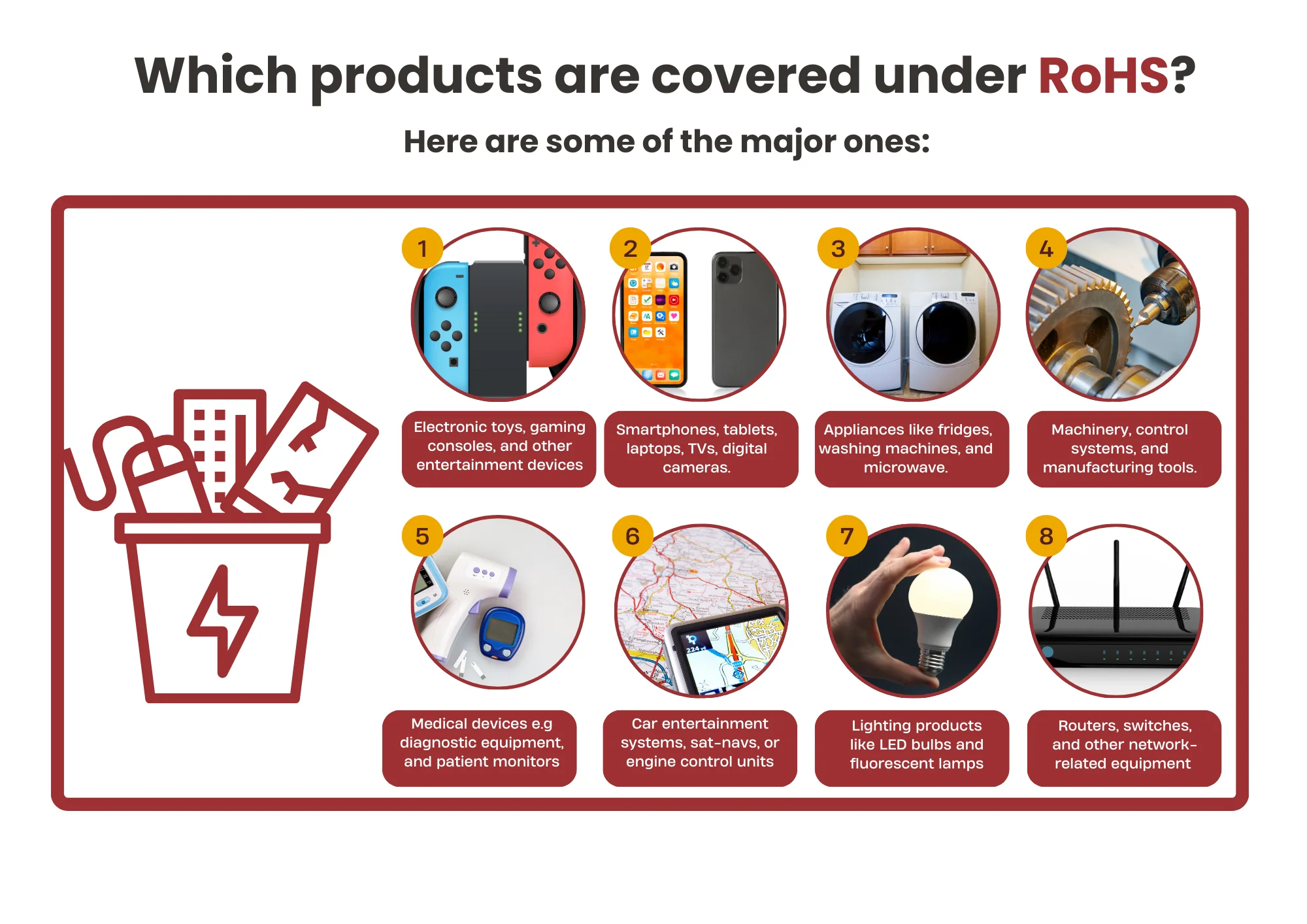
The six hazardous substances:
- Lead
- Cadmium
- Mercury
- Hexavalent chromium
- Polybrominated biphenyls (PBB)
- Polybrominated diphenyl ethers (PBDE)
Since July 1, 2006, all products intended for the EU market must comply with RoHS.
It aims to prevent human health and environmental risks related to the management of electronic waste by limiting the use of certain hazardous substances in electronic and electrical equipment, which can be replaced by safer alternatives. These restricted substances include heavy metals, flame retardants, or plasticizers.
RoHS 2.0
In 2011, the EU issued Directive 2011/65/EU, called RoHS Recast or RoHS 2. RoHS 2 includes the CE marking directive, meaning that products must now bear the CE mark to show compliance with RoHS requirements. RoHS 2 also added Categories 8 and 9 and introduced additional compliance record-keeping requirements.
This directive became EU law on July 21, 2011, and came into effect across all EU member states on January 2, 2013, replacing the original RoHS.
RoHS 3
Directive 2015/863 is known as RoHS 3. RoHS 3 added four additional restricted substances (phthalates) to the original list of six.
The restriction on these new substances took effect on July 22, 2019. Like its predecessor, RoHS 3 compliance applies to all electronic and electrical equipment sold in the EU market. However, medical devices (Category 8) and monitoring equipment (Category 9) had an additional two years to comply with RoHS 3, until July 22, 2021.
Is Your Store Compliant with 2023 RoHS Requirements?
Any business that sells electrical or electronic products, equipment, subassemblies, cables, components, or spare parts directly to RoHS-regulated countries or regions, or sells to distributors, resellers, or integrators who then sell to these countries/regions, will be affected if any of the restricted 10 substances are used.
The EU RoHS specifies the maximum concentration of the following 10 restricted substances. The first six apply to the original RoHS, while the last four were added under RoHS 3, which came into effect on July 22, 2019.
• Cadmium (Cd): < 100 ppm
• Lead (Pb): < 1000 ppm
• Mercury (Hg): < 1000 ppm
• Hexavalent chromium (Cr VI): < 1000 ppm
• Polybrominated biphenyls (PBB): < 1000 ppm
• Polybrominated diphenyl ethers (PBDE): < 1000 ppm
• Di(2-ethylhexyl) phthalate (DEHP): < 1000 ppm
• Butyl benzyl phthalate (BBP): < 1000 ppm
• Dibutyl phthalate (DBP): < 1000 ppm
• Diisobutyl phthalate (DIBP): < 1000 ppm
Labeling and CE Mark
RoHS 2 requires EEE manufacturers to conduct conformity assessment, prepare a declaration of conformity, and affix the CE mark to the finished product to demonstrate compliance. Unlike China, Europe does not have a special RoHS 2 mark. EEE with a CE mark is considered RoHS 2 compliant (RoHS 2 is a CE marking directive).
It is important not to assume compliance just because the RoHS mark is present, as this could lead to product delisting.
RoHS/WEEE/ELV
EU RoHS is closely related to the Waste Electrical and Electronic Equipment (WEEE) Directive 2012/19/EU, which sets collection, recycling, and recovery targets for electrical and electronic products. It is also similar to the End-of-Life Vehicles (ELV) regulations, which require manufacturers to produce new cars free of hazardous substances (especially lead, mercury, cadmium, and hexavalent chromium).
For electronic and electrical products sold on the EU market, we will see the following two symbols on the products. The first is the CE mark, indicating compliance with RoHS and other EU directives. The second is the WEEE recycling symbol.
Which Products are Covered by RoHS?
Unless explicitly excluded, all EEE are within the scope of RoHS regulations. Excluded electrical and electronic equipment are listed in Annex 1, Section 2 of the regulation, including batteries and packaging. Components not placed on the market are not within the scope of RoHS regulations. However, if these components are later incorporated into a final product and placed on the market, the entire assembly (including its components) must comply with RoHS regulations. Products that are modified to fall outside the scope of RoHS are no longer required to comply with the regulation.
If reusable spare parts are recovered from previously out-of-scope EEE and reused in a verifiable closed-loop business-to-business return system, RoHS regulations no longer apply.
RoHS 2 Exemptions
Exemptions include:
- Military equipment
- Batteries and packaging materials
- RoHS 2 exemptions for medical devices
- Large permanent installations
- Large fixed industrial tools
- Solar panels
Email:hello@jjrlab.com
Write your message here and send it to us
 Most Reliable Medical Device Test Lab
Most Reliable Medical Device Test Lab
 How to Obtain a Cosmetic Product Safety Report
How to Obtain a Cosmetic Product Safety Report
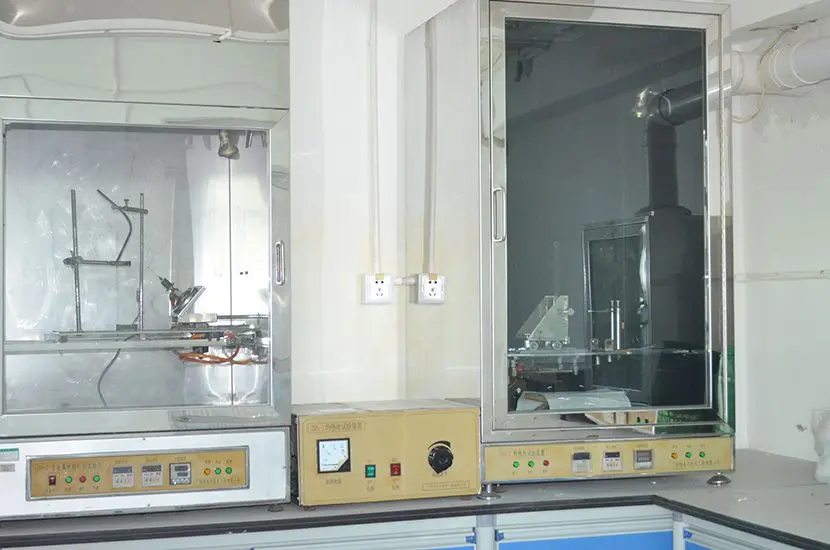 US and EU Cosmetics Compliance
US and EU Cosmetics Compliance
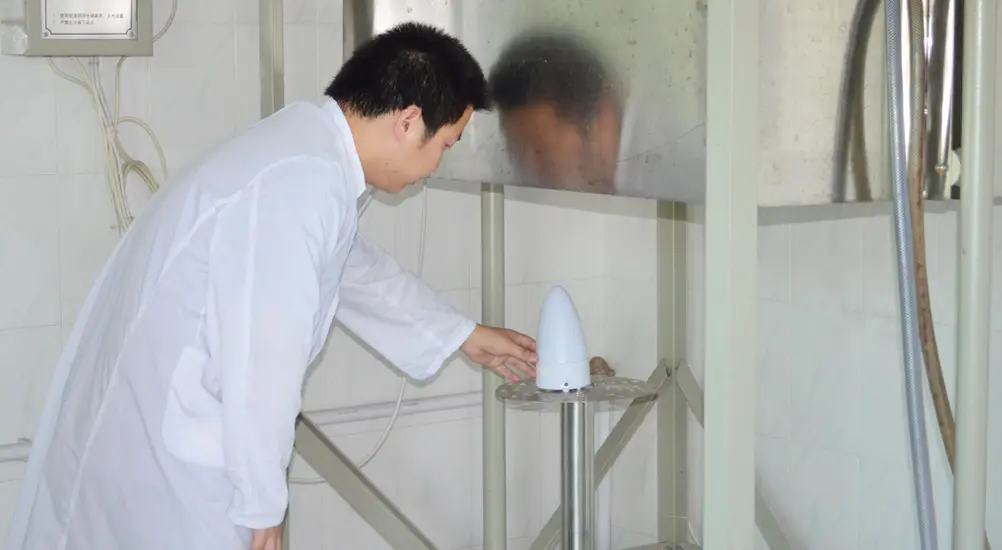 How to Obtain SDS Sheets Certification
How to Obtain SDS Sheets Certification
 Personal Care Products MSDS
Personal Care Products MSDS
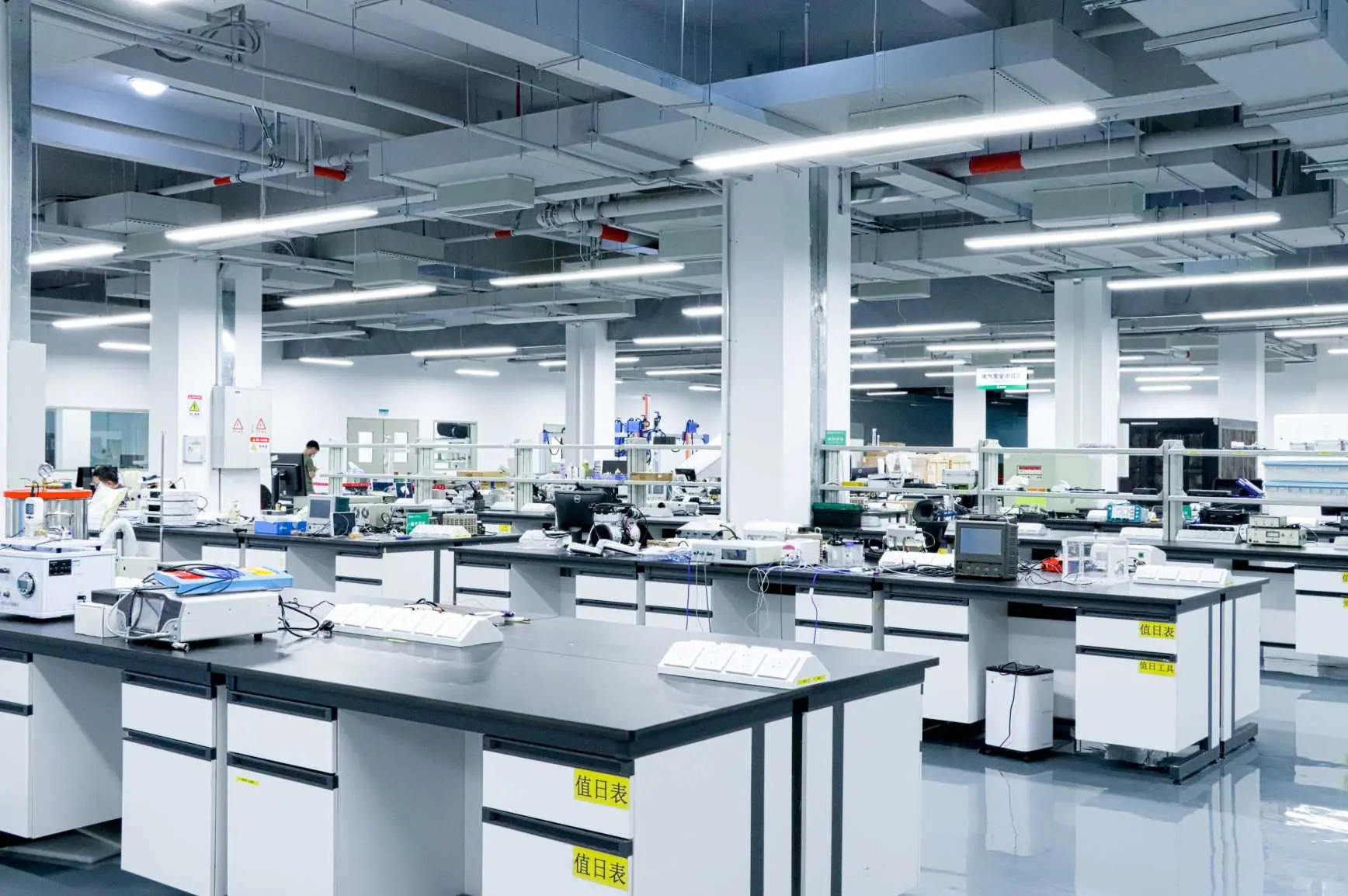 Approval for UL 1727 Introduction
Approval for UL 1727 Introduction
 Candle Label Requirements United States
Candle Label Requirements United States
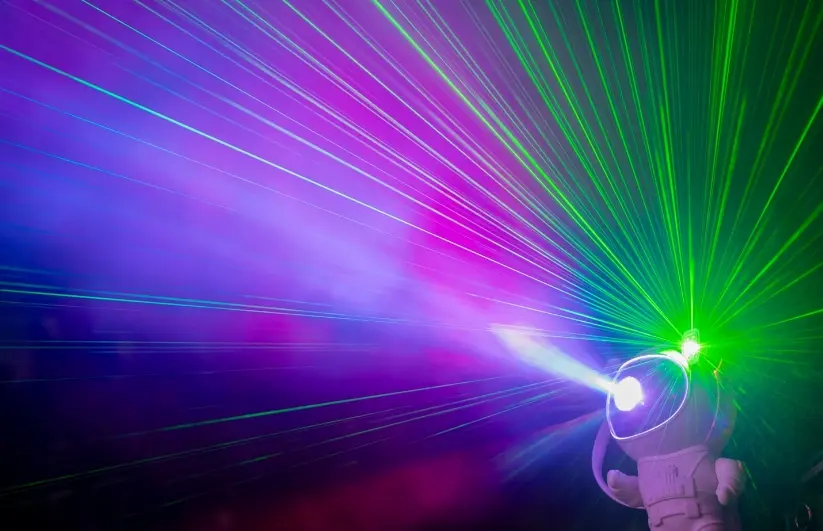 Laser Product Qualification Consultants
Laser Product Qualification Consultants
Leave us a message
24-hour online customer service at any time to respond, so that you worry!




